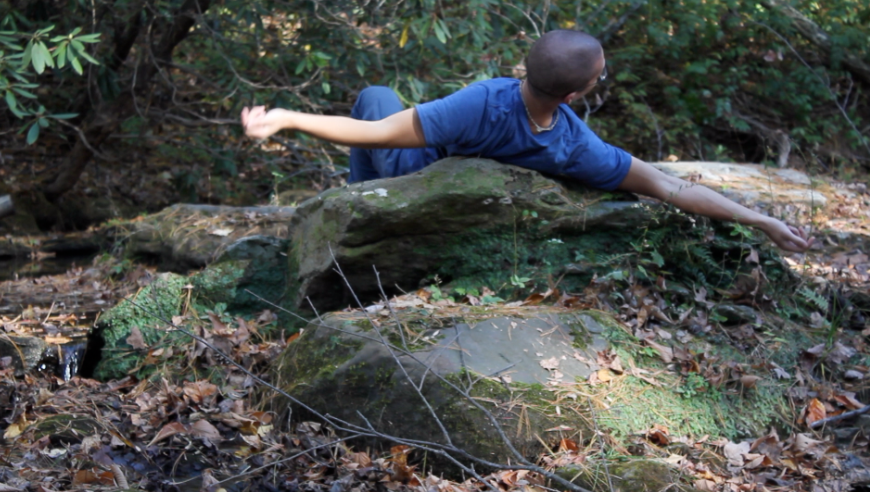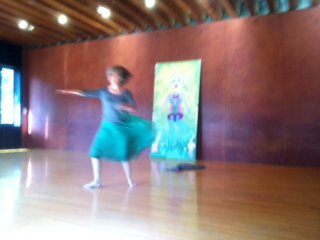EMBODYING LIFE with Movement-Based Expressive Arts
We move and are moved.
Movement-based expressive arts is an embodiment practice that uses authentic movement techniques, drawing, writing, and voice to listen and relate to the body’s wisdom. From the body, everything arises, because the body is the environment for all that we are.
We wait for the impulse to move and allow the body’s expression. We witness others and are witnessed, cultivating our own internal witness. Through a simple embodiment practice that leads us to the felt sense, we can experience ourselves in new ways. We can move out of story. Next steps can show up. We remember life as a creative process.
Jennie’s movement-based expressive arts practice is based in the Tamalpa Life/Art Process, a process developed by dance pioneers Daria Halprin and Anna Halprin, and informed by the work of Anna’s husband, renowned landscape architect Lawrence Halprin.
Jennie offers small group workshops, larger workshops, and one-on-one sessions.
Image credit: Amanda Rameriz, Nice Life Photography
COMMUNITY DANCE
Movement as an approach to learning — everyday, pedestrian movement — works with the sensory and kinesthetic abilities of learners as a way into academic content. We can solve equations by plotting points on a human 3-D graph using people as points, or use the elements of movement to focus on action words in a story, or play with the qualities of magnetism by using the weight and force of bodies. In this way, experience is the origin of innovative, authentic ideas and critical thinking. Photo credit: Annemarie Jacques
MEET JENNIE
Jennie’s work intersects embodiment and communication. She is part of the creative embodiment faculty at Haden Institute, Flat Rock, NC, where she received a certification in Jungian dreamwork. She facilitates workshops in movement-based expressive arts in her current hometown of Greenville, SC. She is an associate of the Tamalpa Institute and its Life/Art Process and a registered somatic movement educator (RSME).
As faculty in the English department at Clemson University, Clemson, SC retired (emerita), she taught composition, humanities, and literature courses, using the Tamalpa Life/Art Process (TLAP) whenever possible to help students in all majors tap their own creative process. In addition to teaching composition and literature courses, Jennie developed these courses at Clemson: “Writing, Body, and Earth,” “The Role of Dance in Culture,” “Writing Architecture,” and “Writing the Occupational Narrative.”
Jennie’s MA in English is from Clemson University. Her BFA in dance is from Boston Conservatory.
Jennie has been a teaching artist (dance and folk arts) in primary and secondary schools for the Metropolitan Arts Council in Greenville, SC and the South Carolina Arts Commission. She is a caller of contra dances for public community dances and private events like weddings. It’s all about participation and immediate experience.
Image credit: Amanda Ramirez, Nice Life Photography




